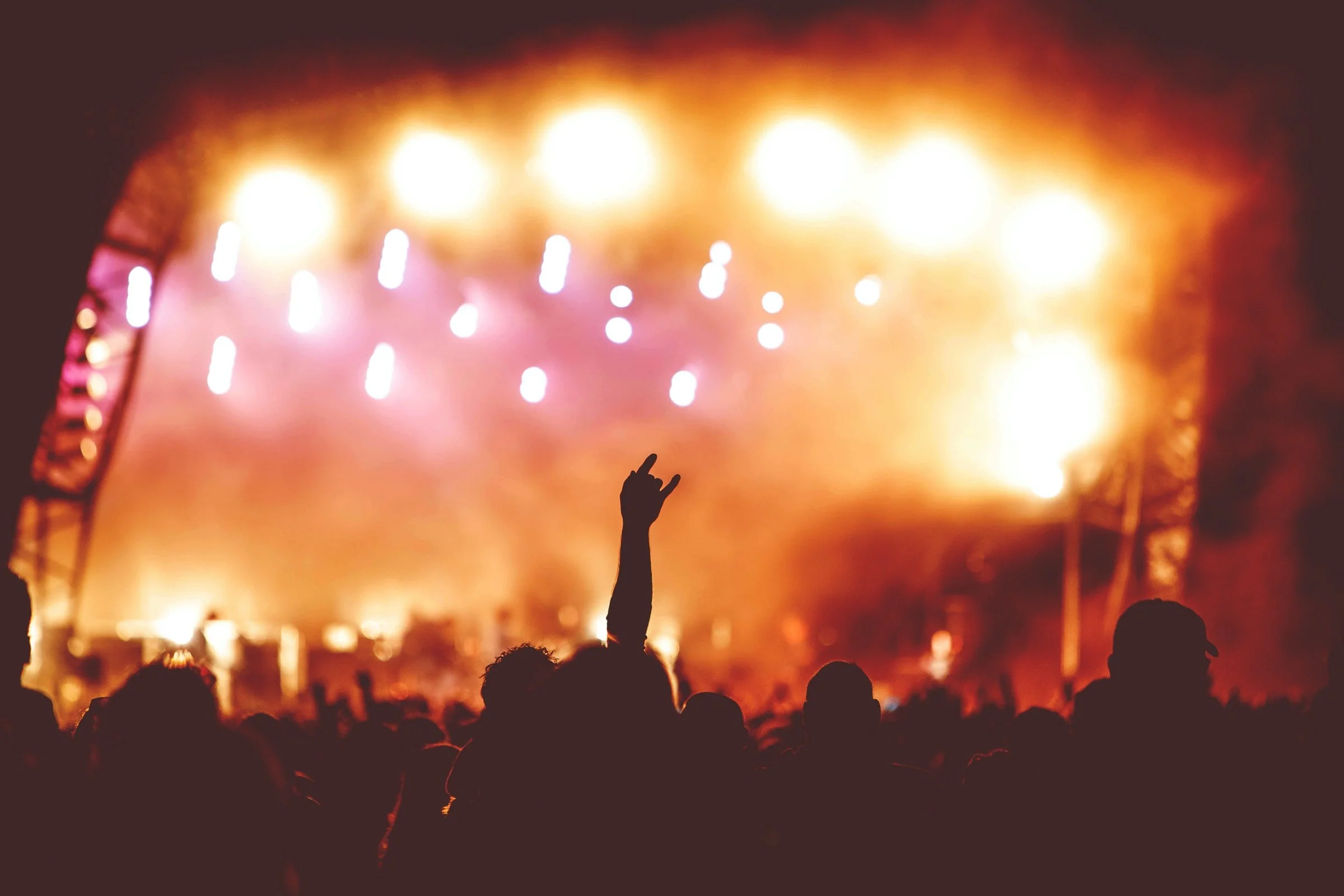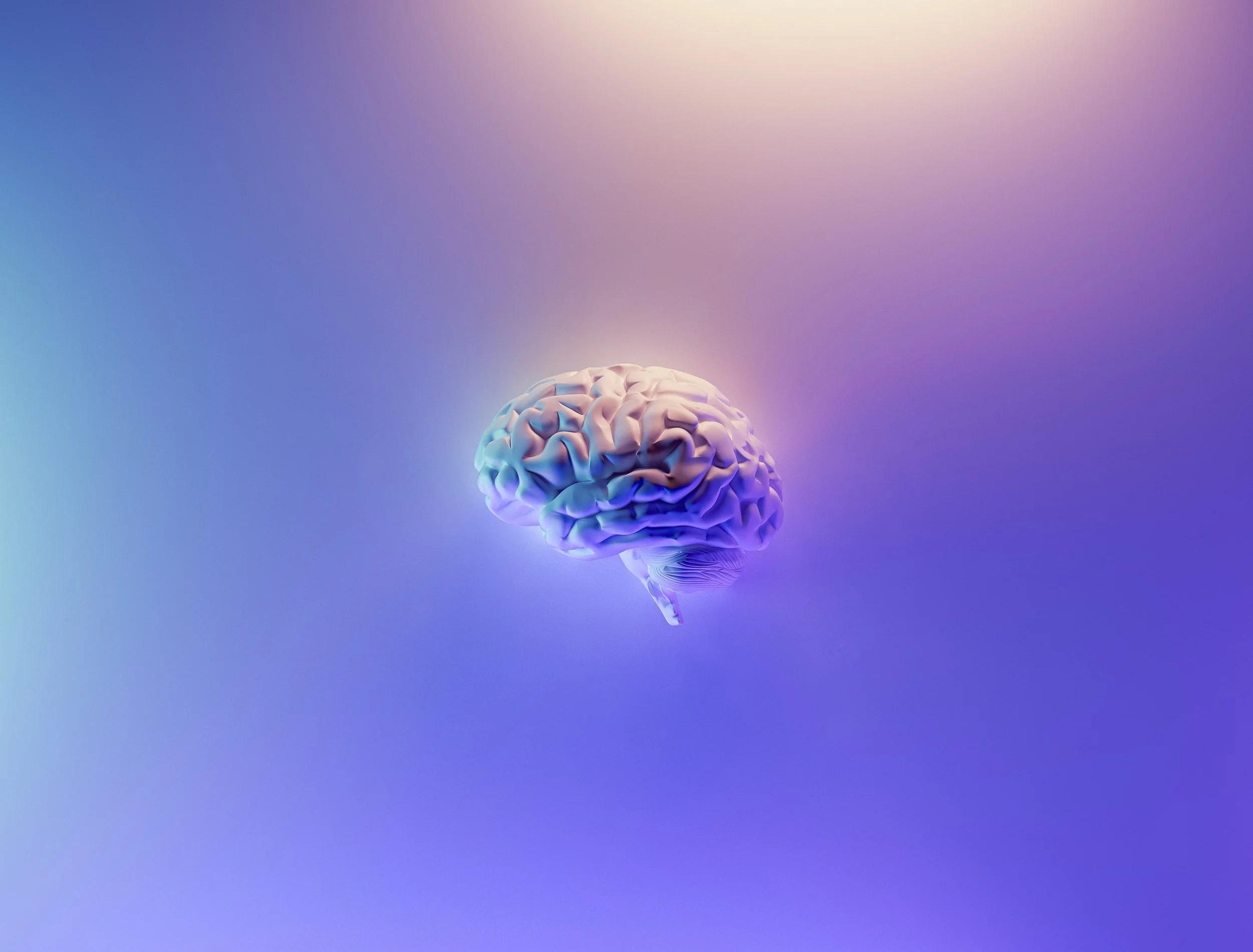NBA 2020 Playoffs and the Neuroscience Behind Memory and Experiential Marketing
Photo by JC Gellidon, Unsplash
On March 11, 2020, the NBA season came to an abrupt halt.
After Rudy Gobert from the Utah Jazz tested positive for COVID-19, a suspension for the season had to be made. As referees, players, and spectators exit, little did they know that the most jarring hiatus—since the 2011 NBA lockout—has begun.
Ordinarily, the NBA is synonymous with high-intensity games, packed arenas, and loud screams. But with the virus ravaging the country at the time, the NBA raced against the clock and was forced to make an important play. As you’ll see, with the help of technology, the enthusiasm of fans kept the basketball spirit alive.
Before we see how the NBA applied an experiential marketing strategy to shift consumer behavior, let’s take a step back and dive into the foundation of forming long-lasting impressions.
The Neuroscience of Memory and Emotion
Memory is our most important ability. Every memory we have is an impression of our world. It’s why each person is incredibly complex. We wake up every morning as a slightly different version of ourselves, yet memory holds us together.
Emotion, on the other hand, is strongly tied to memory. The more emotional an experience, the more likely we’ll remember it later. This is why we often remember our “firsts”—though some more vividly than others.
So if you’re a basketball fan since childhood, it’s highly likely that you’ve painted a memory of how you remember your first live game. It may consist of who you were with, what you were wearing, and how you remember the plays, which are the result of your emotional connection to your nostalgic memory. Here and in many cases, emotion is the super glue to attention and memory.
Now you know how memory and emotion go hand-in-hand. But you’re probably wondering: how do you actually transform experiences into memories in the first place?
The answer lies in your brain’s encoding process.
Encoding is the process the brain uses to turn an event into an impression. Impressions are consolidated in your hippocampus—near the center of the brain. Later, it’s integrated into the cortex, a region highly specialized in control and information-processing. To summarize further, here’s a line borrowed from Blindsight: “Encoding is the verb; an impression is the resulting noun.”
This means that if you don’t remember your first live NBA game as much as you think you do, then it left no impression on your brain. No impression means no memory—and yet not every event has to result in an impression. Let’s take alcohol as an impediment to the intricate encoding process, for example.
If you’ve had one too many beers during a live game, and you can’t remember any of it—did it really happen? Sure, it did. Your memory serves you right by knowing you were at the game, but the presence of alcohol in your system merely interrupted the encoding process and thus, has left you with little to no impression of your experience. (Bummer!)
From a personal standpoint, the sentimental value of your emotional experiences matters heavily—whether it was the first game you and your significant other watched together, the first front-row seat you splurged on to celebrate a promotion, or the last live game you’ve seen Michael Jordan in full action.
But from a brand’s standpoint, what matters isn’t the emotional experience, but the memory it will be associated with later on.
Let’s see how the NBA played with virtual fan experiences during the 2020 NBA bubble.
Experiential Marketing: Using Augmented Reality to Influence Consumer Behavior
It’s no secret that limited circumstances call for different measures, especially in a pandemic. Many companies have had to alter their operations down to the basic function of how to conduct meetings.
In an effort to replicate the atmosphere and ambiance of live games in the comfort of the viewers’ homes, the NBA turned to augmented reality—an interactive experience that mimics real-world environments enhanced by computer-generated information.
In the consumer world, AR can create experiences designed to simulate consumer perception and sensation, dictating how consumers interact and develop impressions for a brand. A few examples of this is through visualizing furniture in your own home from your phone (Ikea), catching your favorite Pokemon in a real-world setting (Pokemon Go), and improving night vision training to help soldiers distinguish civilians from enemies (US army).
To introduce a novel way to watch NBA games—in addition to mimicking a real-world environment in the viewers’ homes—is no easy feat for marketers.
Here’s how the NBA used augmented reality to its advantage—a clever strategy (at least for the peak of social distancing) that invites consumers to engage both offline and online in memorable ways.
With the help of the NBA’s partnership with Microsoft and its sponsor Michelob Ultra, they attempted to recreate the environment of a ball game in pre-COVID times.
Michelob Ultra invited 300 fans to view the games remotely through Microsoft teams, who were featured on the 17-foot screens that bordered the court. To enhance the atmosphere even more, the NBA added a “Tap-to-Cheer” feature on their mobile app to let viewers cheer remotely by tapping on their team of choice. The result? Graphics and visual effects on the screens, so they can see their support coming to life on the court.
”Through the magic of videoconferencing, fans will feel like they're in the arena together” Source: AdWeek / NBA
The experience just didn’t end there. A little gamification mixed with competitive rivalry went a long way.
As fans “Tapped-to Cheer”, each cheer was tallied and totaled for each fan. At the end of the game, the winner is featured on a scoreboard. At the end of the season, the top three fans that have accumulated the most cheer points will be invited to a virtual roundtable with players from that team. Lastly, filters, polls, and trivia were added to Snapchat, TikTok, and Twitter to complement the experience and extend it to all the fans active on social media, creating a more wholesome experience for all.
As new and novel this experience was for fans, it was critical for the NBA players. One of which was LeBron James. As USA Today reported in March 2020:
"I ain’t playing," James said of any potential NBA game without fans. "I ain’t got the fans in the crowd. That’s who I play for. I play for my teammates. I play for the fans. That’s what it’s all about. If I show up to an arena and there are no fans in there, I ain’t playing. They can do what they want to do."
Although we’re unsure if they will continue this in the 2021 NBA Playoffs, augmented reality intertwining with sports on this scale is a start. After all, the key focus of the NBA’s business strategy is focused on television. During the 2016-2017 NBA season, TNT and ESPN re-signed the company's contract to $24 billion for nine years. As a company, the NBA seeks to provide "Limitless Entertainment" for anyone, and in doing so, providing them with memorably charged experiences will heavily benefit their viewership in the future.
Despite the challenges of the pandemic, the NBA tried its best to replicate as much resemblance to what the players and fans are used to. But this wasn’t enough. The NBA still recorded a declining number of viewers in years. Could technology and virtual crowds be one of the NBA's most important plays?
Why Experiential Marketing Matters
It’s unclear how the NBA 2021 Playoffs will unfold. Although immeasurable in terms of memorability, only time will tell how effective the “hermetically-sealed” NBA Bubble really is. Will loyal basketball fans remember and appreciate the effort, or would the virus disintegrate all the positive emotions of the season? The times are uncertain, but what remains the same is that memory is the glue that holds experiences and emotions together. The lucky 300 fans surely have a memory they will tell their grandchildren someday.
During the Memphis Grizzlies game against the Portland Trailblazers, Daniel Smrokowski was able to participate in the virtual crowd. He described it as an “amazing experience” that helped him support his favorite team.
One thing is for sure, the NBA will be remembered for being the pioneer of making sports in a ravaging pandemic work—from the experiences that they were able to replicate for the fans and for the players. Companies should take note. With 84% of adults in the US more willing to purchase from a brand they’re familiar with, memorability is one of the pillars to attracting and retaining consumers.
If there’s anything we’ve learned from the NBA Bubble, it’s this: creating positive experiences and memories is the ultimate home court advantage.



What’s Next?
References
Investopedia: How The NBA Makes Money: The Second-Largest Sport in the Country, 2020.
Somers, R. (2020, October 20). Inside The Bubble: NBA’s New-Age Digital Fan Experience. Forbes.
Hamblin, J. (2014, October 7). Buy Experiences, Not Things. The Atlantic.
Williamson, E. (2020, October 26). Augmented Reality: New Way To Improve Customer Experience. Survicate.
INAP. (2020, October 29). 7 Incredible Examples of Augmented Reality Technology.
Medina, M. U. T. (2020, March 7). Lakers’ LeBron James says he won’t play games without fans amid coronavirus concerns. USA TODAY.
Nealon, R. J. (2020, December 9). Special Olympics Athletes Included as Virtual Fans for NBA Game. SpecialOlympics.Org.
Diaz, A. (2020, August 17). Best of 2020 No. 23: Microsoft and Michelob Ultra bring NBA fans “courtside” in the Orlando Bubble. Ad Age.
Barwick, R. (2020, July 24). NBA Finds Ways to Get Fans (Virtually) Courtside With Microsoft and Michelob Ultra. Adweek.
































Dive into the fascinating intersection of psychology and marketing and how to use psychological biases in marketing strategy.